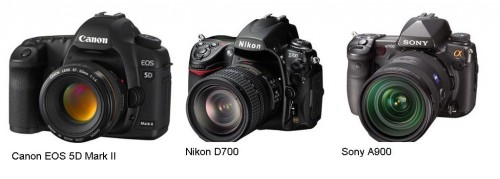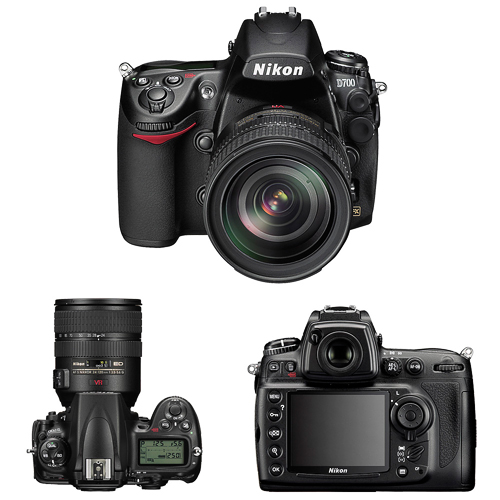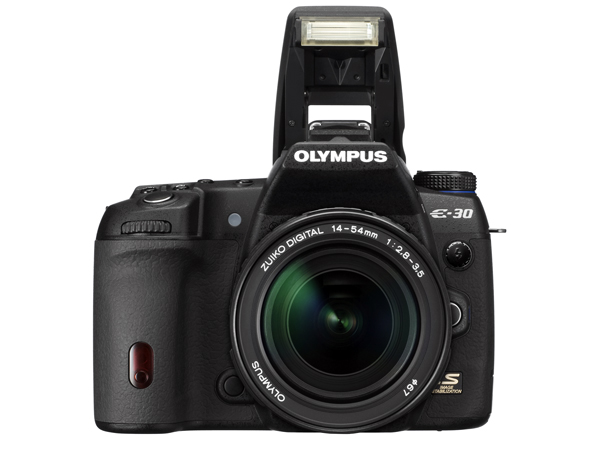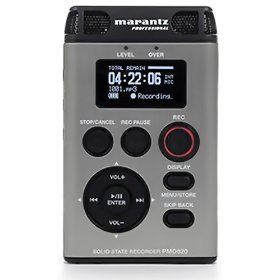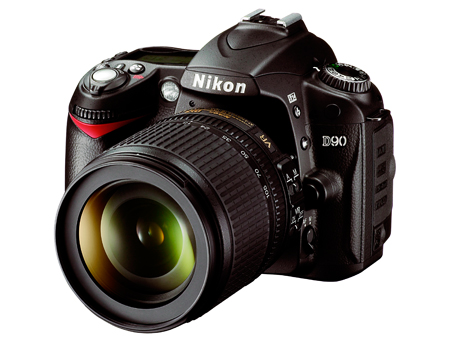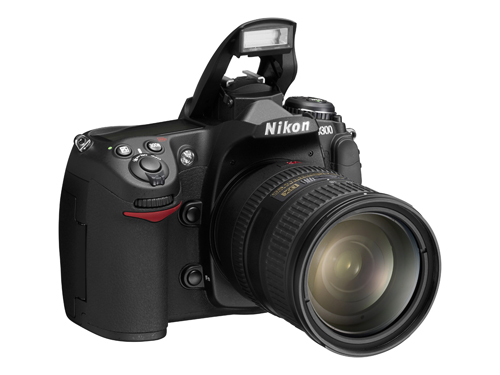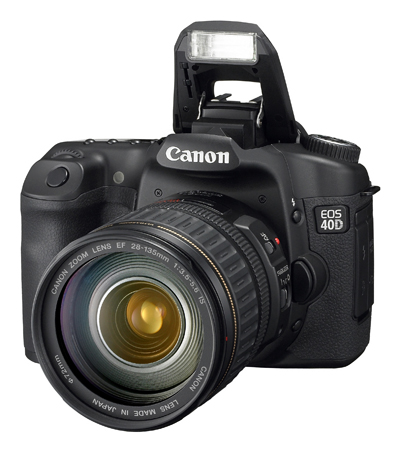Comparison Review of Full-Frame Digital SLRs: Canon EOS 5D Mk II vs. Nikon D700 vs. Sony a900
Field Test Report
As discussed in my previous Q &A item about the pro’s and con’s of large sensors, an increasing number of DSLRs employ a full-frame 24x36mm chip. Some of those cameras are very expensive ($7000+) but three models fall into the “relatively affordable” category. I tested this trio often using large, premium-grade zooms optimized for 24x36mm chips. Because the cameras became available at various times, I was unable to do side-by-side testing. For the sake of consistency however, I did return to a couple of scenes in similar lighting and made some comparable images.
